The evolution and survival of humans can be credited hugely to our being social animals. We are intrinsically wired to seek connections, form bonds and to provide and receive care. This care and love are not limited only to the context of human relations, such as that of friendship and parent-child relationship, but also reflect upon our non-human companions, our pets.
Be it our four-legged friends with wagging tails and sweet paws, vibrant birds with sharp claws, or even your small goldfish swimming in a bowl, we humans try to share that deep feeling of connection with every creature around us. The processes that govern how we bond with them are deeply rooted in our psychological processes. This has been referred to as “Attachment styles.”
The Attachment Theory
First theorised by the British psychologist John Bowlby in the mid-20th century, the attachment theory talks about different kinds of bonding styles humans have with one another. This theory states that our early childhood years, in which we develop relationships with our primary caregivers, have a huge impact on how we bond. This theory was further expanded by Mary Ainsworth, who then identified different patterns of attachment in infants. Based on this theory, we can classify attachment style into four broad categories.
- Secure Attachment
- Anxious attachment style
- Avoidant (Preoccupied) attachment style
- Avoidant (Dismissive) attachment style
- Disorganised (Fearful-Avoidant) attachment style
These attachment styles could also be seen reflected in romantic partners, friends and even your pets.
Why Pets can become Attachment figures
Companion animals, at times, offer the same comfort and affection that individuals might find in a relationship. Due to the unconditional love, consistency, touch, and non-judgmental love that animals provide, pets help soothe humans during emotional turmoil as emotional anchors. As a result of this bond, pets help increase oxytocin (bonding hormone) while also reducing cortisol (stress hormone). The owner-pet relationship is in many ways similar to the parent-child relationship; both provide similar love and require dedication and commitment.
Just as a child looks to a parent for a sense of safety, adults may look to their pets for that kind of emotional security. For people who have been locked out of human relationships or have histories of trauma, animals provide a judgment-free, safe, stable relationship that has neither betrayal nor emotional ambiguity.
Let’s explore how each attachment style manifests in relationships with companion animals:
1. Secure attachment
Humans who have a secure attachment style are comfortable trusting others. This reflects on their relationship with their pets, which means they can take care of the companion animals without being overly dependent on them. While these people can respond efficiently to their pets’ demands and enjoy the company of their pets, they don’t get overly dependent on them and understand their pets’ autonomy. Secure pet Attachments are linked to improved mental health, lower stress and increased emotional intelligence. This style is linked to improved mental health, lower stress and increased emotional intelligence.
2. Anxious Attachment
Individuals with anxious attachment seek the reassurance of proximity but are scared of being abandoned. This style manifests as an excessive obsession with the pet’s behaviour and feeling distressed when separated from them. These people often rely on their pets for emotional stability. The projection of human emotional needs can be seen in pets. The animals are treated like a child or a partner. For example, an anxious pet owner might FaceTime their pet while away, constantly ask others if the pet seems sad, or rearrange life decisions around the fear of upsetting the animal. Such emotional over-dependence can strain both the pet and the pet parent.
3. Avoidant Attachment
Humans with avoidant attachment tend to minimise emotional attachment and maximise their need for independence. This is reflected in their pet parenting as they tend to provide care for their pets without a deep emotional bond. People with avoidant attachment avoid the display of physical affection with their pets and are uncomfortable with overly affectionate pets. They often see their pet as more of a liability than a companion. An avoidant individual might show love to their pets in the form of routine and structure provided by them, resisting their pets as a source of emotional security. Interestingly, pets like dogs often challenge these patterns of their owners by making them more emotionally open, as pets tend to react better to affection.
4. Disorganised attachment
Humans with this attachment style show inconsistency in their emotional attachment. This is often a result of deep-rooted trauma and neglect during childhood, which has a huge impact on a child. It reflects upon their pets in the form of inconsistent behaviour and often neglect. People with this attachment style may be intensely attached to their pets but withdraw often from this attachment. These patterns create feelings of guilt and shame towards their relationship with their companion animals, as they may struggle with caregiving due to emotional turmoil. They may often use their pets as a substitute for human connections. For example, an individual who lost a partner or parent may create a strong, near-human attachment with a pet, and then be troubled by their emotional reliance. The pet could be a cause of both solace and suffering, particularly if the bond replicates unhealed trauma.
The Mental Health Perspective
Interestingly, psychologists have observed that many individuals often experience “corrective emotional experience” with companion animals. A person with an insecure attachment style may eventually learn to trust and be consistent in their relationship with their pet, as animals are non-judgmental creatures who can’t betray or criticise the owner.
Knowledge of pet attachment styles also educates about mental health assistance. Therapists now make wider use of animal-assisted therapy to enable patients to confront attachment issues, PTSD, and anxiety. Service animals and emotional support animals (ESAs) become central stabilisers for persons with psychological weaknesses. In addition, knowing your attachment style may also enable a healthier, richer relationship with a pet, accommodating both the human’s and the animal’s needs.
Conclusion
Whether it is a wagging tail at the door or a gentle purr next to us on a wet evening, our pets fill rich roles in our emotional worlds. Learning about attachment styles not only enriches our understanding of how we connect with animals but also gives a glimpse into our own inner lives. In a world that too often seems uncertain, pets provide the type of bond that goes beyond words— unadulterated, primal, and therapeutic. And in that holy ground between humans and animals, we might just discover the seeds of emotional change.
FAQs
Q1. What is attachment theory, and how does it relate to pet ownership?
A: Attachment theory, originally developed by John Bowlby, explains how humans form emotional bonds, especially based on early childhood experiences. These same bonding patterns can extend beyond human relationships and shape how we connect with pets, whether through secure care or emotional dependence.
Q2: Can pets provide the same emotional support as humans?
A: Yes, in many cases. Pets offer non-judgmental, unconditional love, which can act as emotional anchors during distress. Their presence can trigger the release of oxytocin (the bonding hormone) and reduce cortisol (the stress hormone), mimicking the emotional support found in close human relationships.
Q3: How do I know my attachment style with my pet?
A: Reflect on your behaviour. Do you overly depend on your pet for emotional stability (anxious)? Do you care for them but maintain emotional distance (avoidant)? Are you warm and balanced in your response to their needs (secure)? Understanding your general attachment style with people may also provide insight into your bond with pets.
Q4: Can pets help people heal from trauma or insecure attachment styles?
A: Absolutely. Psychologists have found that people often experience “corrective emotional experiences” with pets. Because animals are non-critical and consistent, they can help people gradually build trust, develop emotional regulation, and repair wounded relational patterns.
Q5: What are the signs of Anxious Attachment with Pets?
A: Signs include constant worry about the pet’s well-being, fear of separation, projecting human emotions onto the animal, and structuring life around the pet in an emotionally intense manner. Though driven by love, this pattern may lead to emotional strain on both the owner and the pet.
Q6: What is Avoidant Attachment in pet relationships?
A: Avoidant individuals may care for pets out of duty or structure but avoid emotional closeness. They may not display affection or view pets as burdens rather than companions. Still, pets can often challenge these patterns with their natural affection and need for bonding.
Q7: Is it possible to have a Disorganised Attachment with a pet?
A: Yes. People with disorganised attachment may show extremes—intense love followed by withdrawal. Their caregiving can be inconsistent due to unresolved trauma, which can create inner conflict, guilt, and emotional confusion around their pet relationships.
References +
Bowlby, J. (1969). Attachment and Loss, Vol. 1 Attachment. Attachment and Loss. New York Basic Books. – References – Scientific Research Publishing. (n.d.). https://www.scirp.org/reference/referencespapers?referenceid=1162623
Ainsworth, M. D., Blehar, M. C., Waters, E., & Wall, S. (2014). Patterns of attachment. https://doi.org/10.4324/9781315802428
Zilcha-Mano, S., Mikulincer, M., & Shaver, P. R. (2011). An attachment perspective on human–pet relationships: Conceptualization and assessment of pet attachment orientations. Journal of Research in Personality, 45(4), 345–357. https://doi.org/10.1016/j.jrp.2011.04.001

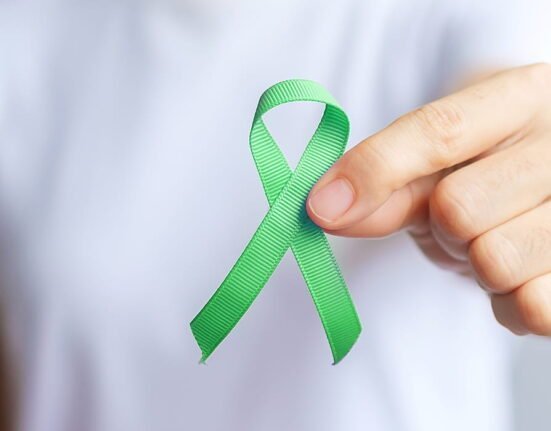




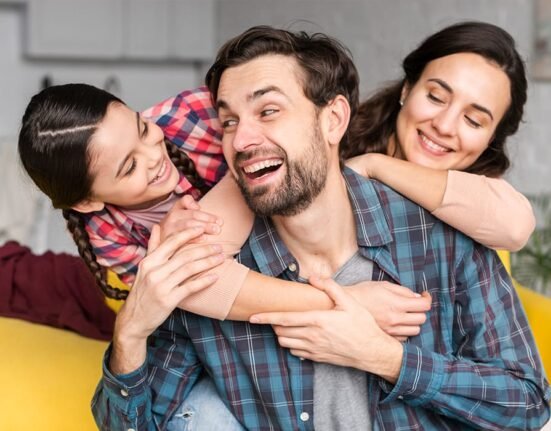

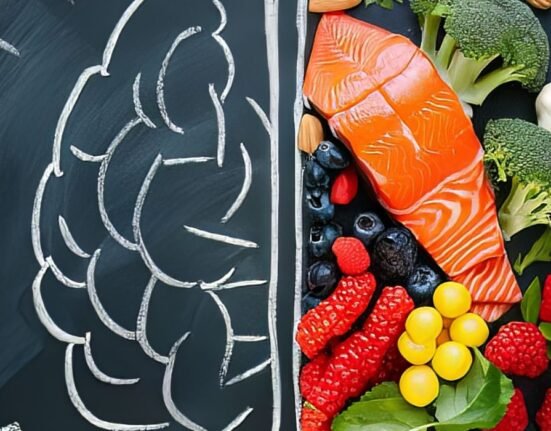
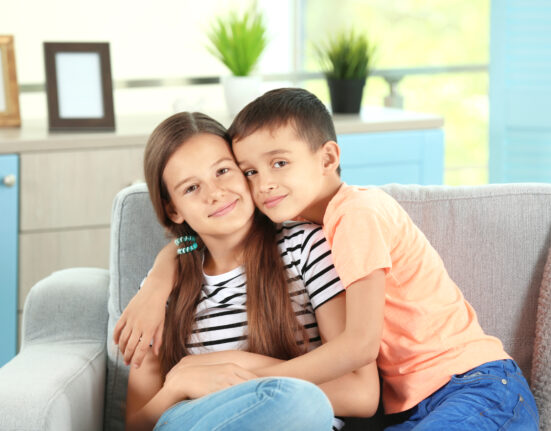
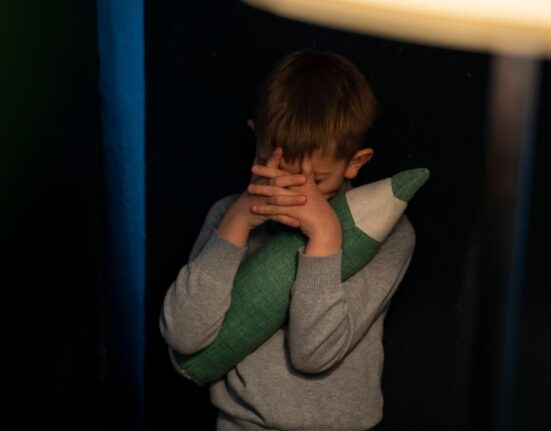
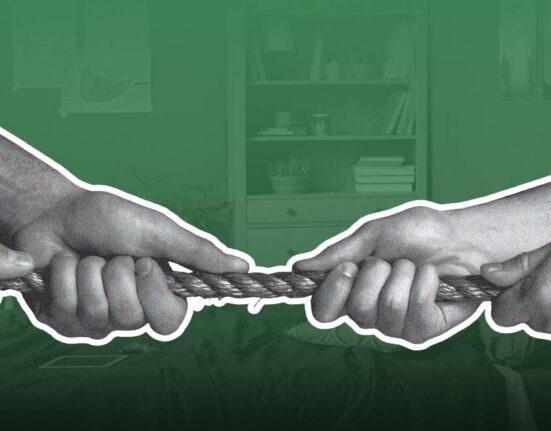

Leave feedback about this